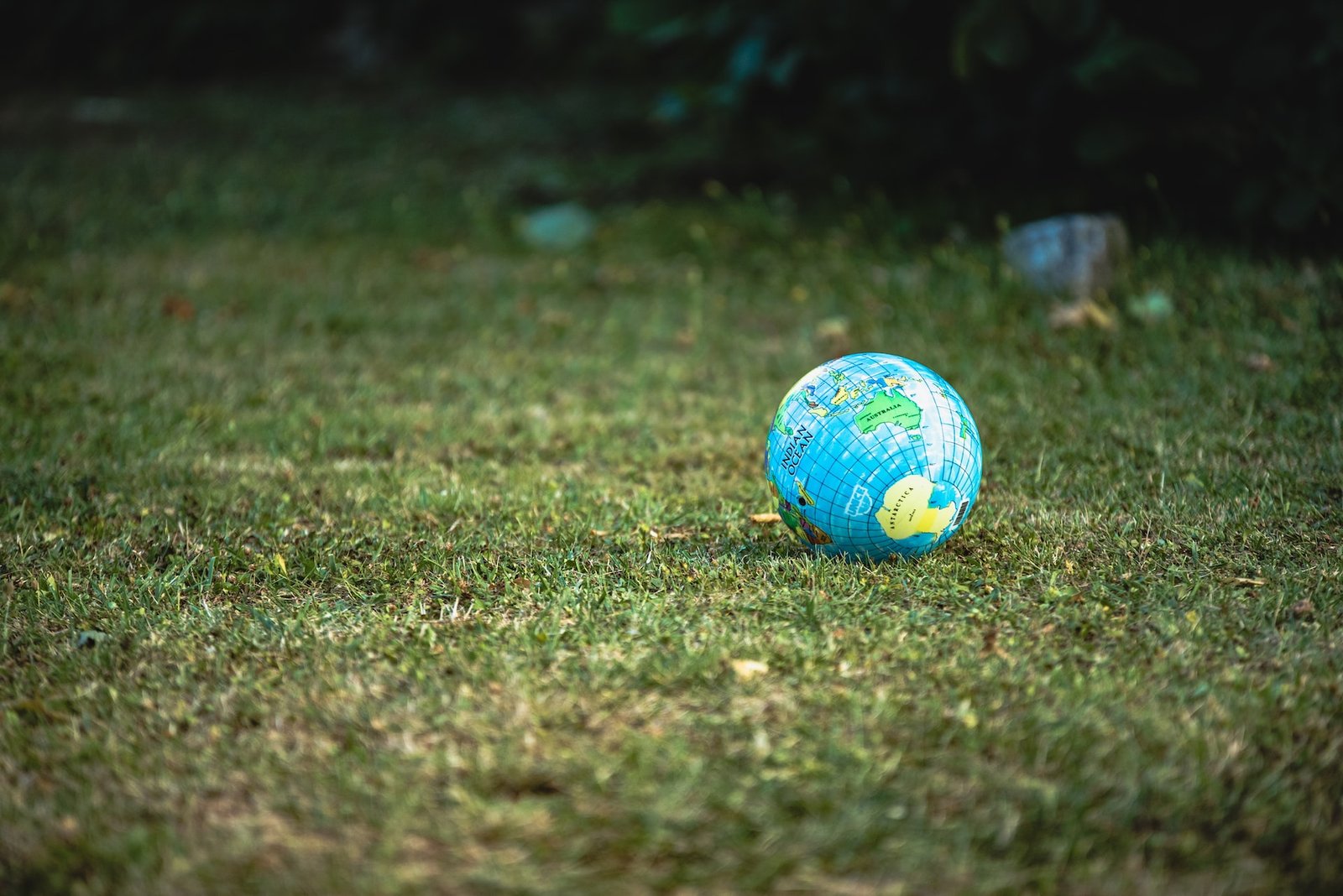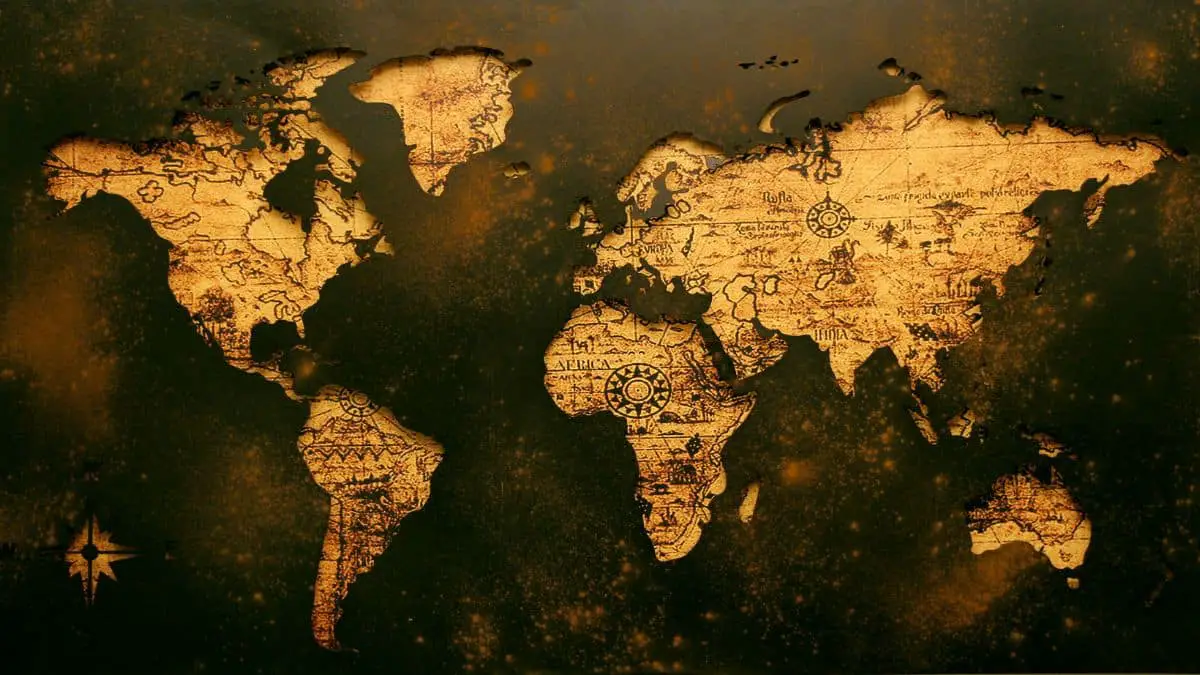- In our solar system, Earth is the third planet from the sun.
Its name comes from the old English and Germanic words meaning ‘the ground’.
- Our planet is 4.5 billion years old.
Scientists examine rock and sediment to determine the age of that piece of sediment in order to determine the age of the Earth. However, it is not as simple as one might think. Plate tectonic processes mean that the Earth is constantly recycling its rock, breaking it down into magma in the interior and pumping it back up to the surface. The oldest rock discovered comes from Australia and serves as the foundation for scientists’ estimates of Earth’s age.
- A year on Earth does not equal 365 days.
It is, in fact, 365.2564 days. It’s this additional. Because there are 2564 days in a year, a leap year is required every four years. That’s why, every four years – 2004, 2008, 2012, and so on – we add an extra day to February.
- How many Moons does Earth have?
The Earth technically has only one moon. Earth, on the other hand, has two orbitals known as 3753 Cruithne and 2002 AA29, which are part of a larger population of asteroids known as Near-Earth Objects (NEOs). The asteroid known as 3753 Cruithne measures 5 km across, and is sometimes called “Earth’s second moon”. It does not actually orbit the Earth, but it is in a synchronized orbit with it. It also has an orbit that appears to follow the Earth’s orbit, but it actually follows its own, distinct path around the Sun.
- That is a lot of snow!
Every winter, 1 Septillion snow crystals cover the Earth. That’s a trillion, trillion snowflakes. Get the shovel, someone!
- Antarctica
Did you know Antarctica is classified as a desert? The inner regions receive only 2 inches (50 millimeters) of precipitation per year (typically as snow, of course). Despite its desert-like climate, Antartica contains 70% of the world’s freshwater and 90% of the world’s ice!
- The World’s Longest Mountain Range is underwater
To find the world’s longest mountain range you’d have to look down, way down. The mid-ocean ridge is a massive volcanic mountain chain that encircles the planet beneath the sea. It is more than 30,000 miles (48,000 kilometers) long and rises 18,000 feet (5.5 kilometers) above the seafloor on average. This is the location where the Earth’s plates spread apart as new crust bubbles up, resulting in the majority of the planet’s volcanic eruptions.
- Earth was once purple
According to this Live Science article, ancient microbes may have harnessed the sun’s rays using a molecule other than chlorophyll, one that gave the organisms a violet hue. According to the article, chlorophyll evolved after another light-sensitive molecule known as retinal was already present on early Earth. Retinal, which is now found in the plum-colored membrane of a photosynthetic microbe called halobacteria, absorbs green light and reflects back red and violet light, which appears purple when combined. The theory could explain why, despite the fact that the sun transmits the majority of its energy in the green part of the visible spectrum, chlorophyll absorbs primarily blue and red wavelengths.
- The Earth Self-Recycles
Did you know that our Solar System’s only planet with plate tectonics is Earth? The Earth’s outer crust is divided into several regions known as tectonic plates. A magma interior beneath that causes the plates to move, occasionally crashing into one another. Magma bubbles up and forms new crust as they collide and pull apart.
This vital process is responsible for earthquakes, volcanic eruptions, mountain formation, and ocean trenches. However, it is also a part of the carbon cycle, in which microscopic organisms and plants die, fall to the bottom of the ocean, where they are absorbed, and the remnants of this life, rich in carbon, are carried back into the Earth’s interior and recycled over long periods of time. This removes carbon from the atmosphere, preventing a runaway greenhouse effect like the one that occurred on Venus. There would be no way to recycle this carbon without the action of plate tectonics, and the Earth would become overheated.
- The only planet in our solar system known to support life is Earth
This is due to the fact that it contains two essential elements for the survival of living creatures: plenty of oxygen and plenty of water! Because of its distance from the sun, it is neither too hot nor too cold for creatures to live on.




















